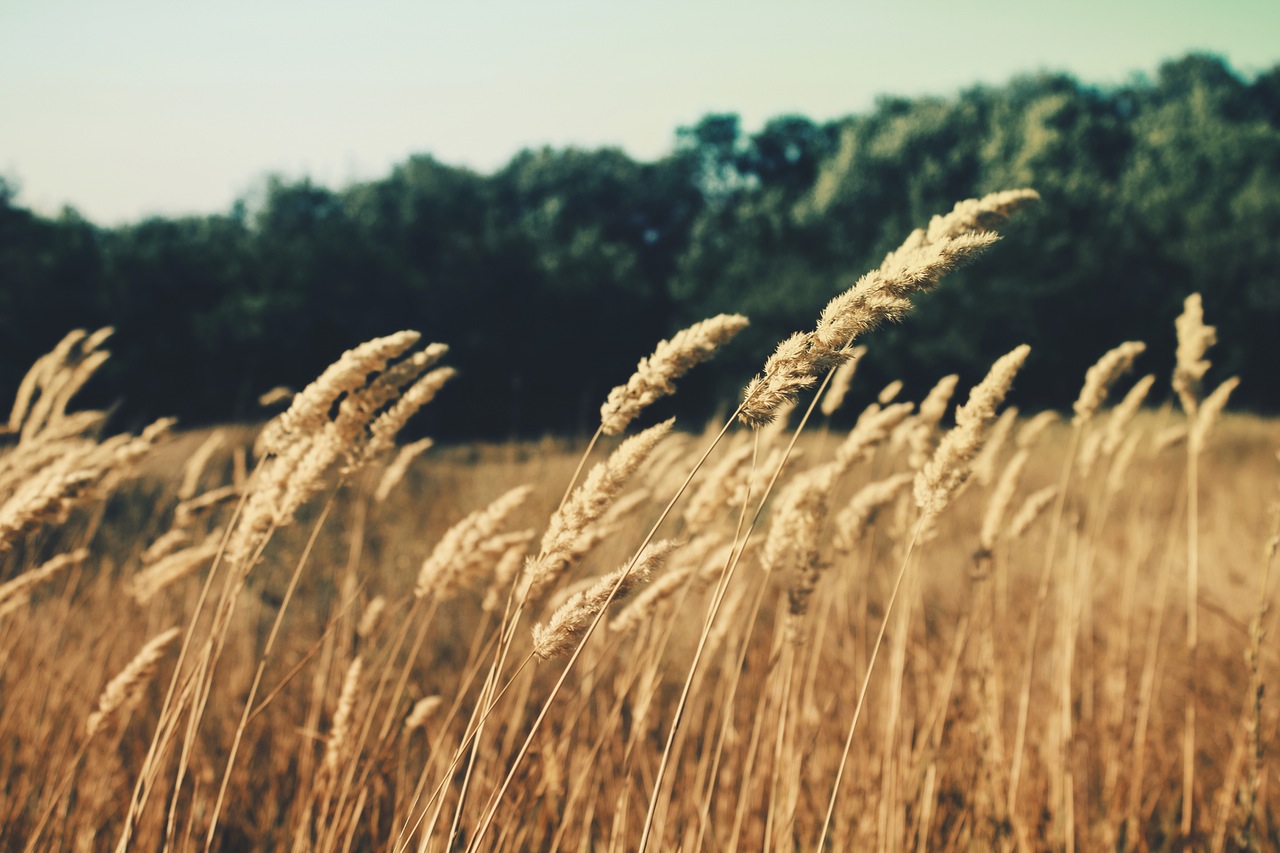All About Hemp – Questions You Were Afraid To Ask

Hemp, jute, cannabis… What’s the difference?
Hemp is just another name of cannabis. It does not have psychoactive effects and is popular in different industries around the globe. Hemp has many applications. Its amazing features make it almost irreplaceable in everyday life.
Hemp is one of the oldest domesticated crops. For thousands of years, people have used it for producing paper, textiles, cordage, and food. The Vikings and Greeks grew the plant for their sailing and military purposes; the first immigrants in North America were producing it for export. The Columbia History of the World dates a piece of hemp cloth back to 8,000 BC, and it is possibly the oldest relic of human labor.
Defining Hemp
Cannabis plants come in different kinds. Hemp is the non-psychoactive variety of Cannabis sativa L., discovered and described by a famous scientist Carl Linnaeus. Despite similarities in appearance and smell, it genetically and chemically differs from marijuana. People cultivate and use hemp and marijuana differently too.
Hemp is a renewable and vital source of raw materials and food. The Vikings used its fiber to make ropes and ship equipment. A word ‘canvas’ has roots in the Greek word ‘kannabis’ or Latin ‘cannabis’.
The first immigrants to North America knew benefits of hemp and were required to grow it by law. Robert Deitch in his book ‘Hemp: American History Revisited’ points out that King James I ordered to every property owner in Jamestown, the first permanent England’s settlement in North America, to grow 100 plants for export. George Washington and Thomas Jefferson grew hemp and considered it necessary.
Why is hemp so cool?
Industry can produce a wide range of things with hemp – from construction equipment and biofuel to food and topicals. The North American Industrial Hemp Council claims that approximately it’s possible to produce around 25,000 products using the plant. The New York Times and Popular Mechanics once wrote that Henry Ford even made a car panel using hemp to help farmers during the Great Depression. Bruce Dietzen took it further – and built a car out of hemp. And it looks gorgeous.
Hemp is an excellent rotation crop for farmers. While growing, plants inhale CO2 and clean the soil, preventing its erosion. After harvesting, hemp scraps break down and saturate the soil, making it rich and fertile. The crop also has a modest need for water and doesn’t require pesticides.
Hemp has a lot to offer. Seeds contain many of the nutrients needed for human well-being. It is rich in omega 3 and omega 6, contains iron, vitamins and all the essential amino acids. Hemp enthusiasts believe that seeds are the most nutritionally complete food source on the planet. Hemp is also a fantastic source of protein. You can eat seeds as you pleased – raw, cooked, flavored, in oil form or baking delicious bread with flour made from them. Shops now offer a broad range of hemp products.
Why the U.S. officials don’t love hemp?
The Marijuana Tax Act, passed in 1937, regulated cultivation and distribution of all cannabis varieties. Later, in 1970, the Controlled Substances Act confirmed the status of hemp as a Schedule I drug. It made all production and sales illegal in the U.S. again. As the result of these measures, the U.S. industry has almost stopped the use of the crop for manufacturing, and many people had started to misidentify hemp with marijuana.
Hemp has many applications except what some people expect it to do. It can not make you ‘high’. Hemp contains around 0,3% of THC and has no impact on the human body. An average marijuana plant contains around 10% of THC; modern hybrids can amass around 50%. Compared to this, THC in hemp is virtually non-existent.
If you try to smoke hemp, you just inhale the smoke. Nothing else happens. You just keep inhaling smoke. (Please, don’t do that.)
What’s the future of hemp?
Hemp is finally coming back to U.S. The 2014 US Farm Bill allowed states that have passed their legislation regarding industrial hemp to grow it for research and development. Pilot projects have finally taken off in nine states (Kentucky, Colorado, Tennessee, Virginia, North Dakota, Minnesota, Indiana, and Vermont).
In early 2015, the government made some steps to remove federal restriction regarding hemp. The Industrial Hemp Farming Act (H.R. 525 and S. 134) was introduced in the House and Senate. Currently, the act is waiting to be proceeded by Subcommittee on Health.
If the government would raise all prohibitions, hemp in the U.S. will have the second chance. The farmers will have the best-domesticated crop in history and open the world of almost endless possibilities that help to improve the world in environmentally friendly ways.
No Comments